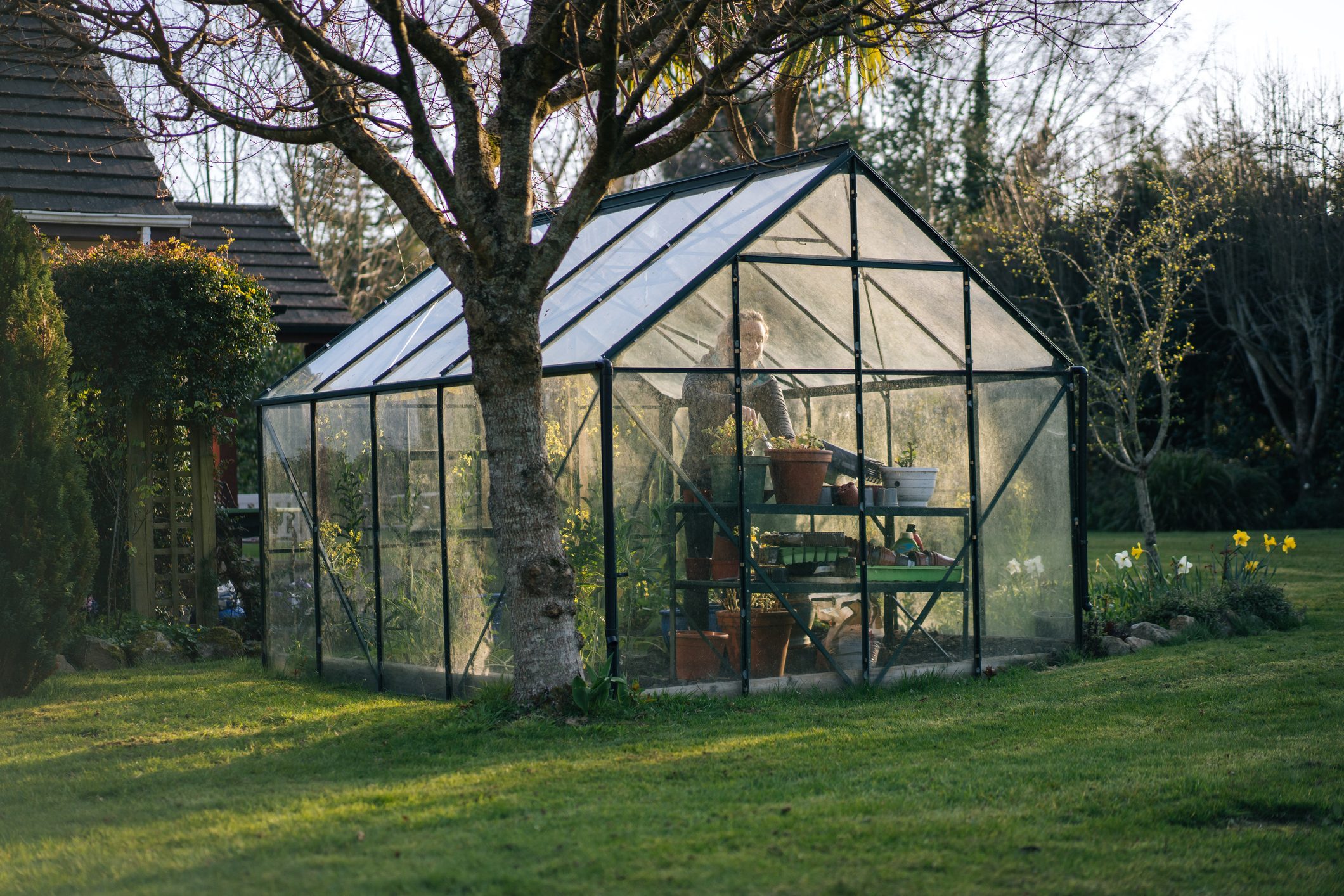An easy way to extend your growing season is by build a mini greenhouse. These greenhouses are inexpensive and easy to build with materials found around the home.
If you live in an urban setting with limited land, you may not have the opportunity to grow fresh fruits and vegetables. However, that doesn’t mean you can’t enjoy homegrown foods year-round! Even if you only have a small yard or patio space, there are several ways to grow produce indoors, even if it’s just for part of the year.
How to Build a Straw Bale Greenhouse
A straw bale greenhouse is an inexpensive and simple way to grow vegetables indoors during the winter months. These greenhouses are made from stacks of bales, with a covering of plastic or other materials, and then covered with a tarp. As long as the temperature is above freezing, you can grow food year-round in a straw bale greenhouse.
Straw is an excellent material for building greenhouses because it’s inexpensive and absorbs water easily. It’s also lightweight, so it can be easily moved or transported to other locations if your outdoor space is limited. Straw bale greenhouses are simple to build, requiring only a few tools, inexpensive materials, and a few hours of your time.

Frame the Sheets
First, stack the bales together to create the walls of your greenhouse. The bale width should correspond to the greenhouse width so there is enough material for the greenhouse to span the length of the bales. You can use wire or staples to secure the bales, or you can nail them together if you have the correct tool for that task. Wire nails are easy to use, but staples are more secure and will last longer.
Next, you’ll add the walls between the bales to create the inside frame of your greenhouse. The best method for this is to create a series of “guides” between each pair of bales. When you set these guides, the next pair of bales should snap right into place. The guides should be approximately 1 to 2 inches apart and should be located approximately every 12 to 18 inches along the wall.
Add Insulation and Ventilation
Next, cover the walls with insulation and then add a plastic cover to help keep the insulation in place. Insulation will help keep the temperature inside the greenhouse at a steady level, making it ideal for year-round use. You can use any type of insulation, but it’s best to buy in bulk.
Loose-fill insulation is usually inexpensive, but it usually comes in rolls. This type of insulation is best used inside a greenhouse where it won’t be compressed. Cellulose insulation is probably the most common type used in greenhouses. It’s what you see in most greenhouses and is available in both loose-fill and packaged forms. Cellulose insulation is durable, won’t compress, and has excellent moisture resistance.
Ventilation is essential to a healthy greenhouse. In general, the less, the better. That said, there are times when you may need a little more ventilation in your greenhouse, such as during late summer months when the temperature may rise above ambient. The best way to ensure good ventilation in your greenhouse is to use a vent fan. These circulate air to draw moisture out of the greenhouse and prevent the buildup of too much humidity.
Decide on Materials for Your Greenhouse

The next step is to decide on the materials you’ll use for your greenhouse. You can use any type of plastic for your greenhouse covering, but you may want to consider using a heavier-duty material that resists moisture better. If you plan to use sawdust as insulation, you’ll also want to consider using a plastic that resists sawdust damage. You’ll also need to choose a material for the greenhouse frame.
You have a few options here, including wooden frames, metal frames, or plastic frames. Wooden frames are the most classic option, and they’re also the least expensive. However, they’re also heavier than other options and can warp with time. Plastic frames are lightweight, sturdy, and inexpensive, but they don’t last as long as wooden or metal frames. They’re also more susceptible to damage from pounding, so be careful when moving them or when using heavy tools.
Add Plants and Care Instructions
Once all the materials are assembled, it’s time to add the plants! You can grow almost any type of vegetable, including herbs, peppers, tomatoes, small fruit trees, and more. The key to success with any type of indoor gardening is the same as with outdoor gardening: proper planning, consistent care, and quality plants. Here are some things you need to keep in mind when growing vegetables in a straw bale greenhouse.
- Choose vegetables that are well-suited for indoor growing. This means that they are cold-hardy, resistant to root diseases and insect damage, easy to grow, and produce high yields following proper planting and care instructions when growing vegetables in a greenhouse. You can find these instructions on the seed packet or the greenhouse manufacturer’s website.
- How to Grow Heirloom Vegetables in Straw Bale Greenhouses
Conclusion
Mini greenhouses are an easy way to extend your growing season. They are great for growing herbs, small veggie crops, or flowers. They are also great for growing tomatoes, peppers, small fruit trees, and more. A straw bale greenhouse can be built with only a few tools, inexpensive materials, and a few hours of your time. Make sure the temperature is above freezing and that there is adequate sun exposure for your plants.
You can also add heating to the greenhouse to keep the temperature at the desired level. If you want, you can also add an automatic watering system, so you won’t have to water the plants as often. This type of greenhouse is a great way to grow food for your family, even when the weather doesn’t cooperate.



